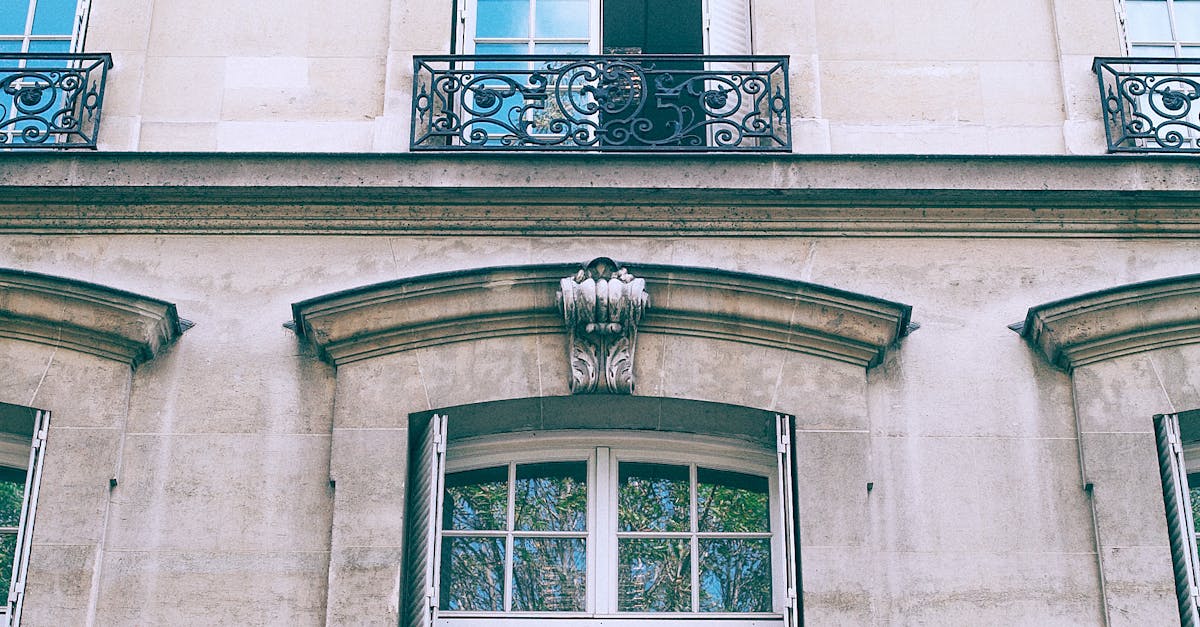
Using Incorrect Adhesives
Selecting the proper adhesive is crucial in ensuring the durability and aesthetic appeal of granite wall cladding. Many installers mistakenly use general-purpose adhesives without considering the specific requirements of granite. The weight and porosity of granite demand an adhesive specifically formulated for stone applications. Using an unsuitable adhesive can lead to bonding failures and may require costly repairs or replacements down the line.
Moreover, certain adhesives are designed to withstand temperature fluctuations and moisture exposure, which are common in many Australian climates. A failure to account for these environmental factors can compromise the integrity of the installation. Properly assessing the conditions and using adhesives that are both compatible with granite and suitable for local weather patterns will enhance the longevity of the cladding. This attention to detail can save both time and money in maintenance and repairs.
Choosing the Right Adhesive for Granite
high humidity or frequent storms may require additional protective measures to prevent moisture buildup and damage. Choosing a granite variety suited to the specific climate can enhance longevity. Regular inspections and prompt attention to any emerging issues can further safeguard granite cladding against the elements. Prioritising these factors contributes to maintaining both the functionality and beauty of the installation.
FAQS
What are the common mistakes to avoid when installing granite wall cladding?
Common mistakes include using incorrect adhesives, ignoring maintenance protocols, and dismissing weather conditions that can affect the installation and longevity of the granite.
How can I choose the right adhesive for granite cladding?
To choose the right adhesive for granite cladding, look for products specifically designed for stone applications, ensure they are moisture-resistant, and check for compatibility with both granite and the substrate.
What maintenance practices are essential for granite wall cladding?
Essential maintenance practices include regular cleaning with pH-balanced cleaners, sealing the granite to protect against stains, and inspecting for any cracks or loose pieces periodically.
How do weather conditions impact granite wall cladding?
Weather conditions can affect granite wall cladding by causing expansion and contraction due to temperature changes, moisture infiltration that can lead to damage, and UV exposure which may affect the appearance over time.
What should I do if I notice damage to my granite cladding?
If you notice damage to your granite cladding, it’s best to consult a professional to assess the situation. They can advise on repair options, such as re-sealing, replacing damaged pieces, or addressing any underlying installation issues.
Related LinksNatural Stone Cladding Sydney
Design Ideas Featuring Granite Wall CladdingBenefits of Using Granite for Wall Cladding
Environmental Impact of Sourcing Granite for Wall Cladding
Cost Considerations for Granite Wall Cladding
Installation Tips for Granite Wall Cladding
Maintenance Guide for Granite Wall Cladding
Comparing Polished vs. Honed Granite for Wall Cladding
How to Choose the Right Granite for Your Wall
Top Granite Colors and Patterns for Wall Cladding